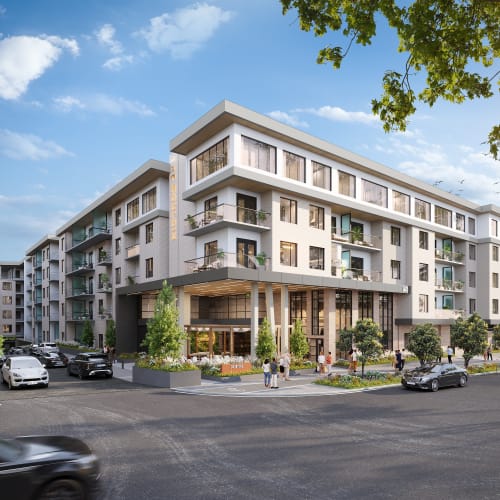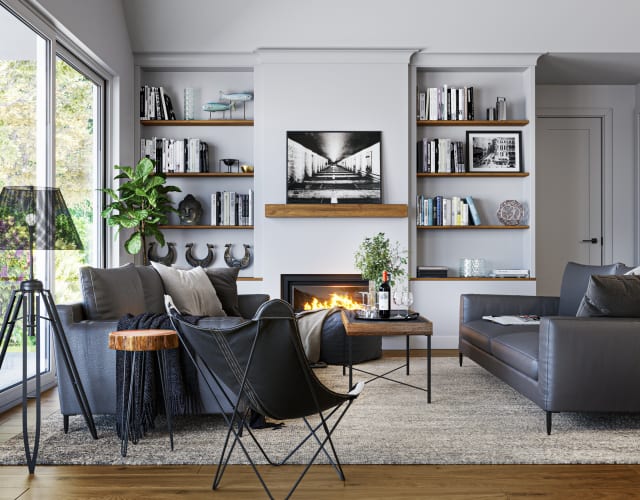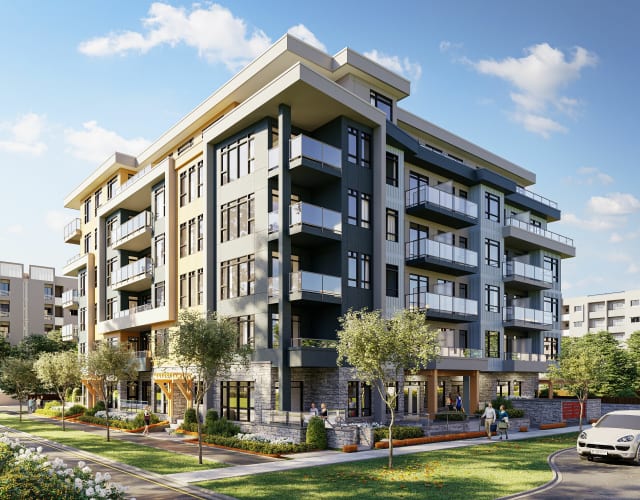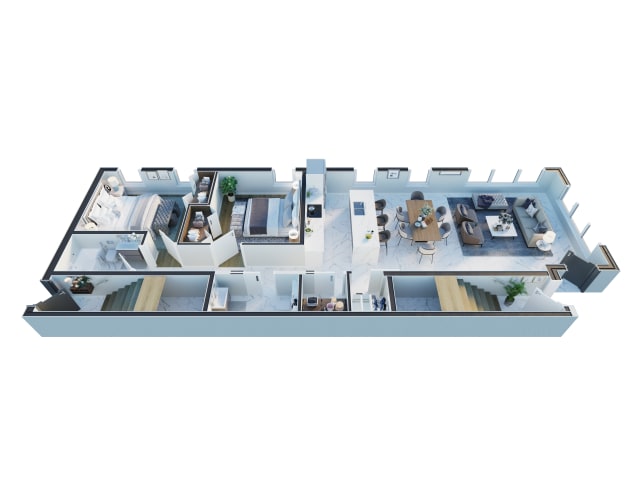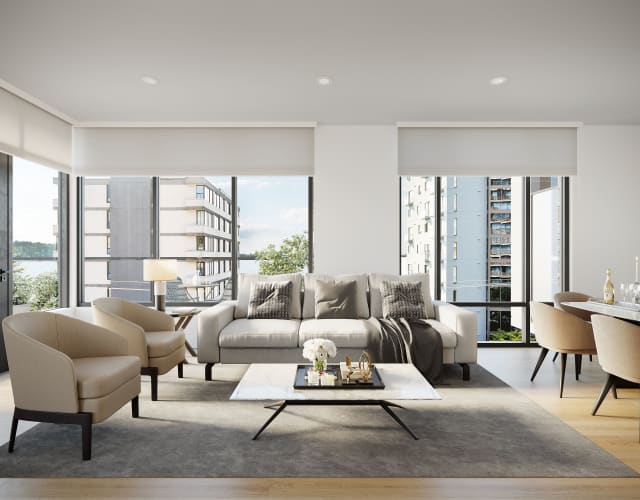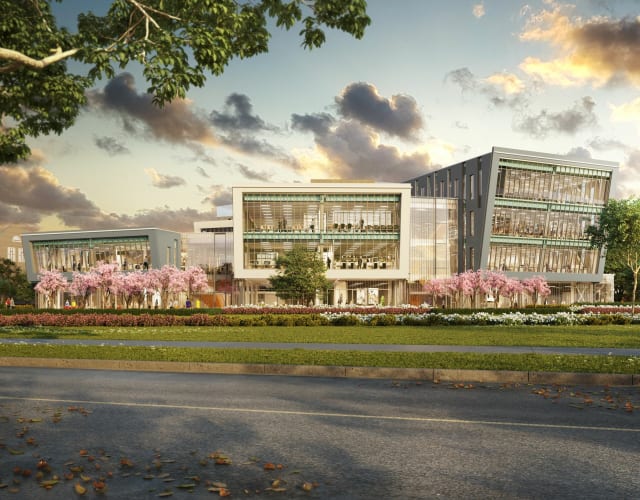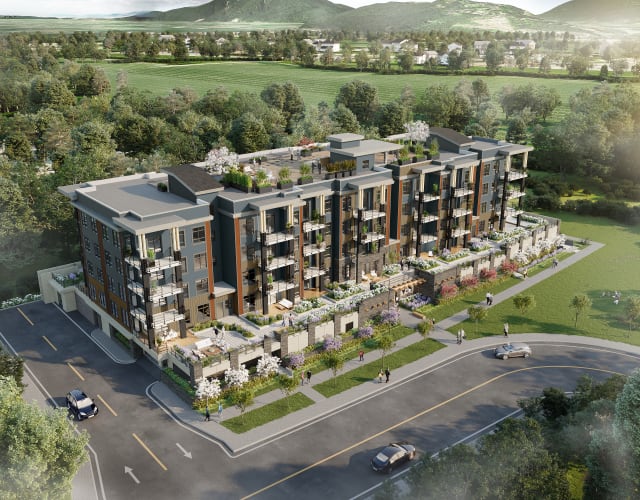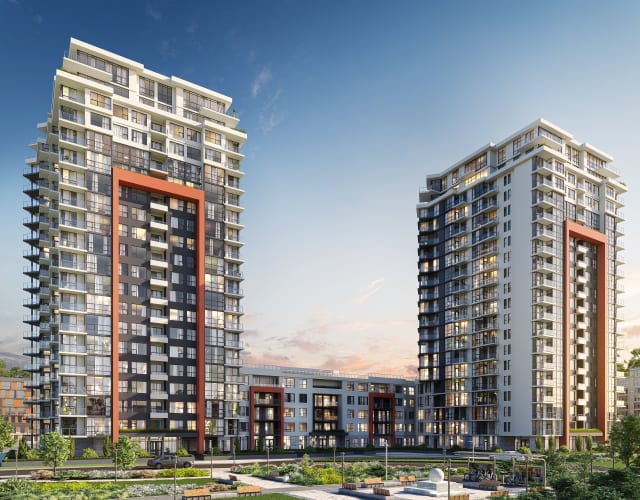Theatre Rendering: 10 Key Benefits for Performance Space Design
by RealSpace
Theatre rendering is a revolutionary technology that has transformed the way theatre spaces are designed and constructed. This technology involves creating detailed 3D visualizations of proposed theatre designs, which offer numerous benefits to architects, designers, cultural organizations, and other stakeholders involved in theatre projects.
In this article, we will explore ten key benefits of employing theatre rendering in the design of performance spaces.
1. Realistic Visualization of Theater Architecture
Theatre rendering provides highly realistic and detailed visualizations of proposed theatre designs. This includes the auditorium, stage, seating arrangements, lobbies, and ancillary spaces. Such comprehensive visualizations enable stakeholders to envision the theatre in its complete form, aiding in design decision-making and project planning.
2. Enhanced Communication with Stakeholders
Effective communication is crucial in theatre design projects. 3D rendering significantly enhances this communication by providing a tangible representation of the proposed design, enabling theatre directors, cultural committees, and investors to have a clear understanding of the project, and ensuring a shared vision for the space.
3. Efficient Space Planning and Layout Optimization
Optimal space utilization is critical in theatre design to ensure a good audience experience and functional backstage areas. Rendering technology allows for precise planning of the theatre’s layout, ensuring efficient audience flow, effective use of space, and optimal sightlines and acoustics for the performance area.
4. Customization and Flexibility in Design
Theatre rendering offers unparalleled flexibility in customizing designs. Architects and designers can experiment with different architectural styles, interior themes, and stage configurations, allowing for extensive customization to meet specific artistic and functional requirements.
5. Improved Material Selection and Visualization
Choosing the right materials is essential in creating an ambiance that complements the theatre’s artistic goals. Rendering provides an accurate representation of how various materials and finishes will look in the space, aiding in the selection process and ensuring that the design supports both aesthetic and acoustic requirements.
6. Cost-Effective Design Revisions
Design revisions are common in theatre projects, and rendering makes these revisions more cost-effective. Changes can be visualized digitally, reducing the need for physical models or extensive rework, leading to significant savings in both time and resources.
7. Simulating Lighting and Acoustic Effects
Lighting and acoustics play a critical role in theatre design. Rendering allows designers to simulate various lighting conditions and acoustic scenarios, providing insights into how these factors will affect performances and audience experience.
8. Facilitating Regulatory Approval and Compliance
Obtaining regulatory approval for theatre construction can be challenging. Detailed renders can be instrumental in demonstrating compliance with building codes, safety standards, and accessibility requirements, facilitating smoother approval processes and ensuring adherence to legal requirements.
9. Enhancing Marketing and Fundraising Efforts
High-quality renders are valuable tools for marketing and fundraising. They can be used in promotional materials, presentations, and grant applications to showcase the design and vision of the theatre, attracting potential donors, sponsors, and patrons.
10. Providing Guidance for Construction and Installation
Finally, theatre rendering provides a precise guide for construction teams and stage technicians. Detailed renders serve as blueprints, ensuring that the construction and technical setup processes align with the planned design and reducing the likelihood of costly construction or technical errors.
Conclusion
Theatre rendering is a powerful tool that has revolutionized the design and construction of performance spaces. By offering benefits that range from enhanced visualization and communication to efficient space planning and improved audience experience, rendering technologies have become a key component of the theatre design process. As the performing arts continue to evolve and seek innovative spaces for expression, theatre rendering will play an increasingly important role in creating theatres that are not only architecturally impressive but also highly functional and conducive to artistic excellence.




